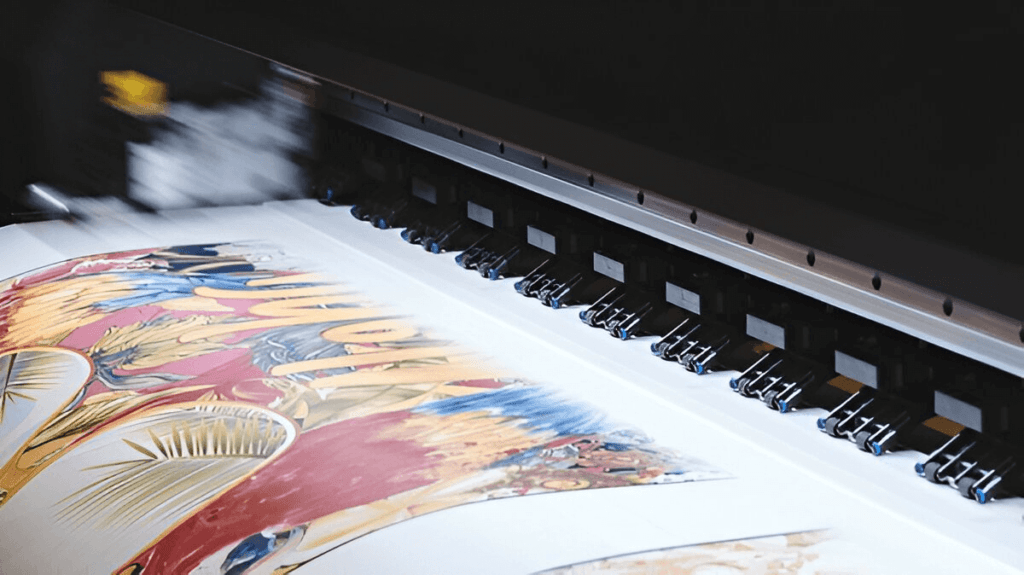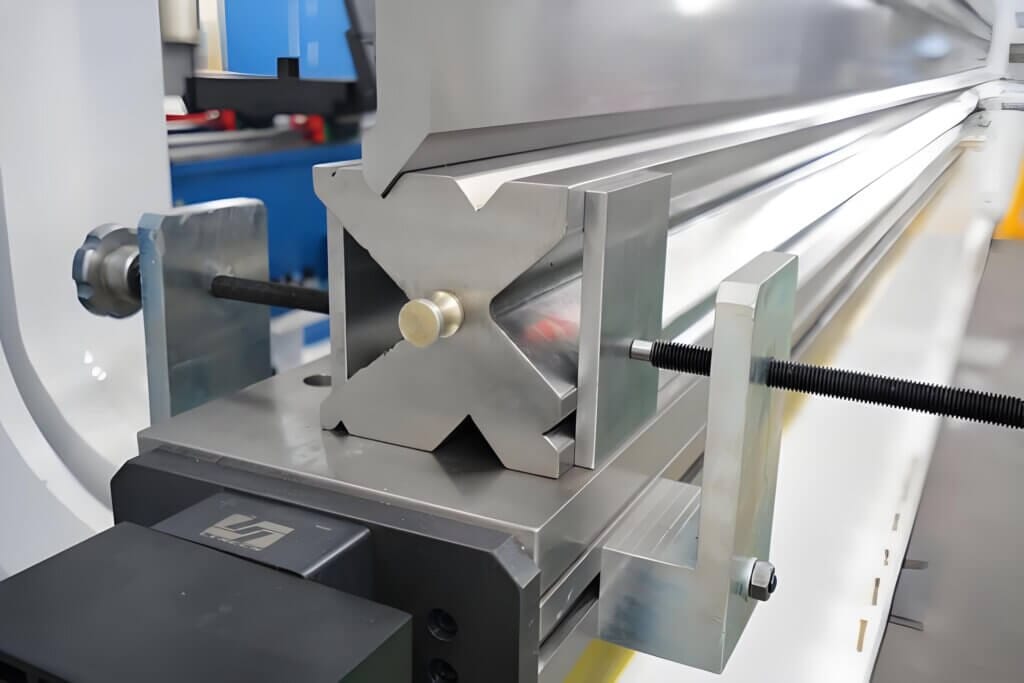1. Introduction
The cutting paper blade industry plays a pivotal role in various sectors, including printing, packaging, and manufacturing. As markets evolve, there is an increasing emphasis on enhancing blade performance while adopting sustainable practices. This article delves into the challenges faced by the industry, current trends, innovative solutions, and real-world applications that are shaping its future.
2. Industry Challenges
- Material Quality and Durability Issues
One of the foremost challenges in the cutting paper blade industry is ensuring the durability and longevity of blades. Inferior quality blades can lead to increased wear and tear, resulting in frequent replacements and operational inefficiencies. Selecting blades made from high-quality materials is crucial to mitigate these issues.
- Operational Efficiency and Downtime
Unscheduled downtime due to blade failures disrupts production schedules and escalates maintenance costs. Achieving a balance between blade sharpness and longevity is essential to minimize downtime and maintain smooth operations.
- Environmental Concerns and Regulatory Pressures
With a global shift towards environmental responsibility, the cutting paper blade industry faces pressure to reduce waste and comply with stringent regulations. This necessitates the development of eco-friendly blades and sustainable manufacturing processes.

3. Current Trends
- Shift Towards Sustainable Materials
There is a growing trend towards using sustainable materials in blade manufacturing. This shift not only addresses environmental concerns but also aligns with consumer preferences for eco-friendly products.
- Integration of Advanced Manufacturing Technologies
The adoption of advanced manufacturing technologies, such as precision forging and laser cutting, has revolutionized blade production. These technologies enhance blade performance and contribute to more sustainable manufacturing practices.
- Customization and Precision in Blade Design
Tailored blade designs that meet specific operational requirements are gaining prominence. Customization ensures optimal performance, reduces waste, and extends blade life.
4. Innovations and Solutions
- Development of High-Performance Alloys
Innovations in metallurgy have led to the creation of high-performance alloys that offer superior durability and resistance to wear. These materials enhance blade longevity and reduce the frequency of replacements.
- Implementation of Industry 4.0 Practices
The integration of Industry 4.0 practices, including IoT-enabled monitoring and predictive maintenance, has transformed blade management. These technologies provide real-time data, enabling proactive maintenance and improved operational efficiency.
- Collaborative Efforts for Environmental Compliance
Manufacturers are increasingly collaborating with environmental agencies and stakeholders to develop blades that comply with environmental standards. These efforts include using recyclable materials and minimizing manufacturing waste.
5. Case Studies
- Success Stories in Performance Optimization
A leading packaging company implemented precision-engineered blades, resulting in a 15% increase in cutting efficiency and a 20% reduction in blade replacement costs.
- Effective Sustainability Initiatives
An industrial blade manufacturer adopted a closed-loop recycling system, reclaiming 80% of blade materials, significantly reducing waste, and lowering production costs.
6. Conclusion
The cutting paper blade industry stands at a crossroads, balancing the demands for enhanced performance with the imperative for sustainability. By embracing innovative materials, advanced manufacturing technologies, and collaborative environmental efforts, the industry can navigate current challenges and pave the way for a resilient and eco-friendly future.






